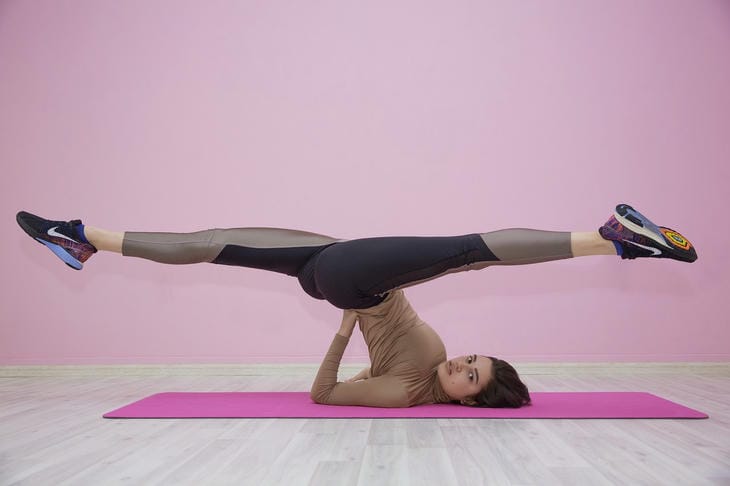Benefits of Stretching: How and When to Do It
Stretching is the key to flexibility, health and quality of life.
Stretching? Why do I need it? That's for ballerinas! Many people say that, but stretching is not just an art, it's the foundation of a healthy and functional body.
It is available to everyone, regardless of age, gender and level of physical fitness.
Together with trainer Yuliana Kuznetsova, we will reveal the benefits of stretching, the secrets of performing exercises correctly, and also learn how and when to include it in your daily life.
Many people mistakenly believe that stretching is only needed to increase flexibility. Yes, this is one of the important benefits, but far from the only one.

Benefits of stretching:
- Improves flexibility and mobility of joints
Regular stretching increases the range of motion in your joints, making your movements smooth and free. This is important for anyone who is physically active.
- Relieves muscle tension and fatigue
Stretching helps to relax muscles after exercise or sitting for a long time, reducing the feeling of stiffness and pain.
- Improves blood circulation
Stretching helps to dilate blood vessels and improve blood flow, which speeds up the delivery of oxygen and nutrients to the muscles.
- Increases stability and balance
Flexible muscles provide better coordination of movements, we become more stable and less prone to falls.
- Reduces the risk of injury
Stretching increases the elasticity of muscles and tendons, making them more resistant to stretching and tearing.
- Improves posture
Stretching helps strengthen the back muscles that support the spine, helping to improve posture.
- Reduces the risk of developing chronic diseases
Stretching helps improve the functioning of internal organs, reduces the risk of developing osteochondrosis, back pain, and cardiovascular diseases.
- Relieves stress and improves mood
Stretching is a great way to relieve tension and stress, and stimulates the production of endorphins, which are responsible for feelings of pleasure.
There are different types of stretching, each of which has its own characteristics and is suitable for different purposes.
Static stretching is the most common type, involving slowly stretching the muscles and holding them for 15-30 seconds. This type of stretching is ideal for improving flexibility and relieving muscle tension.
Dynamic stretching involves smooth, controlled movements that stretch muscles.
Ideal for preparing for a workout or competition, warming up muscles. Active stretching involves using your own muscles to stretch another muscle. For example, when stretching a thigh muscle, you can use the strength of your gluteal muscles.
How to stretch correctly
- Warm up your muscles before stretching.
Don't start stretching on cold muscles. Do 5-10 minutes of cardio or dynamic stretching.
- Stretch slowly and smoothly
Don't make any sudden movements.
- Breathe deeply and evenly
Do not hold your breath. All movements are performed on the exhale. For example: the starting position is on the butt, legs to the sides as much as possible, take a deep breath and on the exhale bend as low as possible, do not round your back, hold at the lowest point for 15-30 seconds.
- Find the optimal degree of stretching
Stretch your muscles until you feel a slight pain, not a strong pain, so that it is comfortable.
- Hold the stretch position for 15-30 seconds
- Don't keep the muscle stretched for too long.
- Repeat each exercise 2-3 times.⠀
Stretching should be done before training - dynamic stretching will help warm up the muscles and prepare them for physical activity, after training - static stretching will help reduce muscle fatigue and the risk of injury, and during the day.
